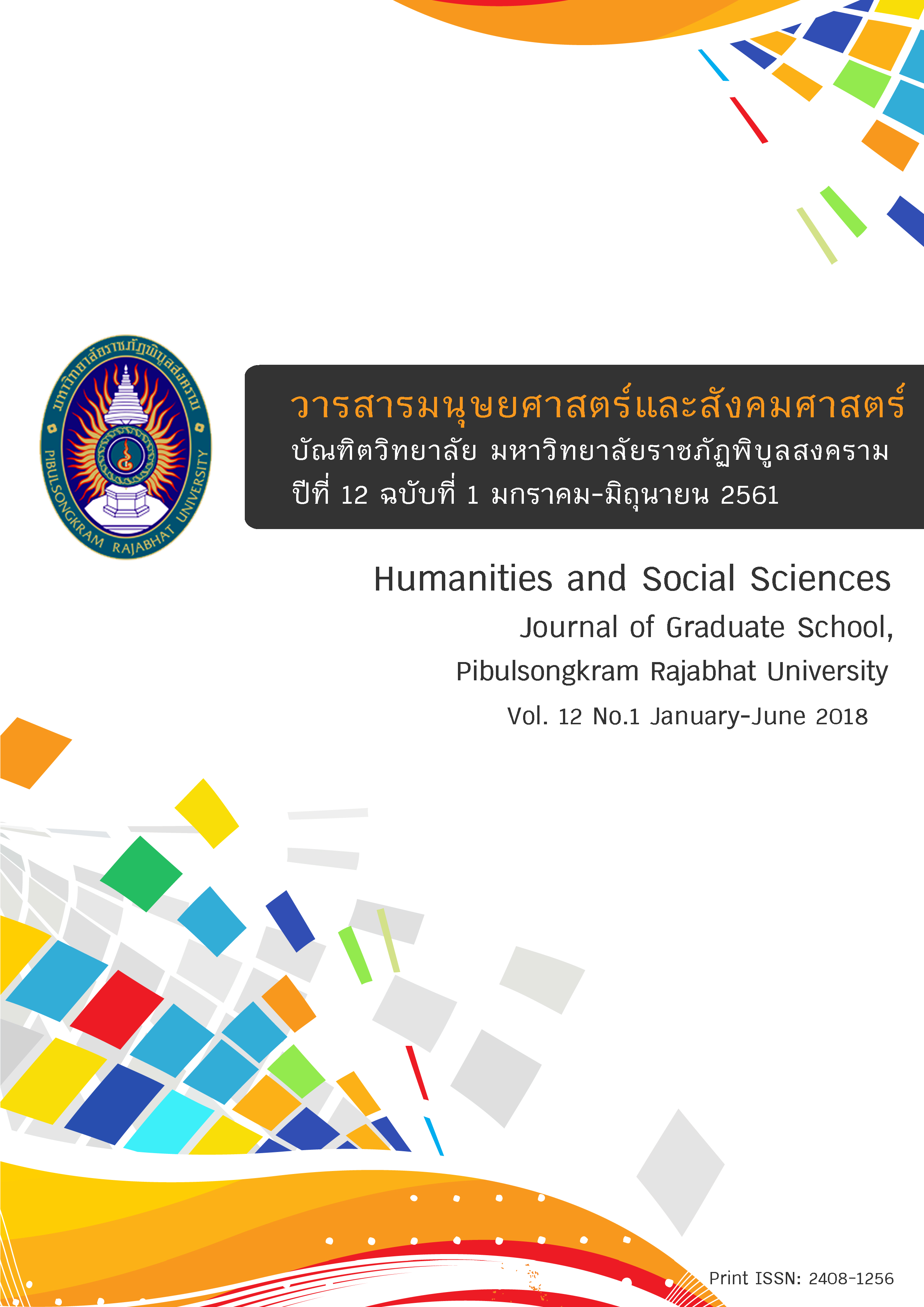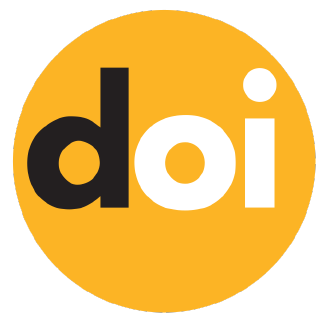The Development Model of Electronic Resource Center According to OTMM
Keywords:
Electronic Resource Center, OTMMAbstract
The purposes of this research were 1) to study the problems and the needs of the model development of electronic resource center according to OTMM, 2) to develop the model of electronic resource center according to OTMM, 3) to test and to evaluate the result of model of electronic resource center according to OTMM. The samples used in surveying of the problematic condition and the requirement of model development of electronic resource center according to OTMM were 265 teachers who teach computer in schools under Secondary Education Service Area Office of the lower northern region, and the samples used for interview were 16 computer teachers by purposive sampling. The samples used in the experimental group for the model of electronic resource center according to OTMM were 40 7th grade students of Chattrakarnwittaya School in the academic year of 2016 and the samples of the controlled group were 40 7th grade students of Nakhonthai Secondary School in the academic year of 2016 by purposive sampling. Data were collected by using questionnaire, interviewing form, Test on skills in information, media and technology and satisfactory evaluation form. The researcher had done the interview and gathered the data by himself, analyzed the data by using the interpretation, and descriptive conclusion. Data were analyzed by using frequency, percentage, mean, standard deviation and t-test independent.
The findings showed that 1. The problematic conditions of most high schools were as follows: there were only 1-3 computer teachers in schools, the content is not up-to-date and the electronic resource centers in the current situation were not capable enough to meet with the requirement. Teachers would like to have the electronic resource center for their own schools and teaching media should be easily edited for such application. 2. The development model of electronic resource center according to OTMM consisted of 1) Structure, 2) Curriculum, 3) Courses, 4) Content, 5) News, 6) Download Center, 7) Manual and 8) contact. And the driving cycle of the model development of electronic resource center according to OTMM consisted of: 1) Learning Resources, 2) Teachers Co-Operation, 3) Students Co-Operation, 4) Feedback, and 5) Publication and dissemination. 3. The result of usage of the model development of electronic resource center according to OTMM found that the students had practical skills in information, media and technology higher with statistically significant at 0.05 and overall were highly satisfied with the model development of electronic resource center according to OTMM.
References
ชุมพล เสมาขันธ์. (2552). รูปแบบการวิจัยและการพัฒนา. วารสารวิทยาศาสตร์. ปีที่ 10 มกราคม- ธันวาคม 2552, หน้าที่ 97-104.
ศิริกนก สุวรรณธาดา. (2551). ผลการจัดกิจกรรมการเรียนที่เน้นทักษะกระบวนการสาระ
เทคโนโลยีสารสนเทศเรื่องการใช้ซอฟต์แวร์ประมวลคำ ชั้นประถมศึกษาปีที่ 4. การศึกษา มหาบัณฑิต. หลักสูตรและการสอน. มหาวิทยาลัยมหาสารคาม.
อาภาภรณ์ อังสาชน และคณะ. (2551). การพัฒนารูปแบบจากห้องสมุดสู่ศูนย์กลางความรู้.
มหาวิทยาลัยสวนดุสิต.
Abdelaziz, Hamdy A. (2005). Instructional Practice and Applications of
Computer Technology and Multimedia : A Model Teaching Business Education. Dissertation Abstracts International. 65(10) : 3668-A ; April.
Blankson, Joseph. (2005). “The use of Technology by Faculty Members at Ohio University”. Dissertation Abstracts International. 65(01) : 68-A ; July.
Li, S., & Liu. D. (2005, Winter2005). The Online Top-Down Modeling Model. Quarterly Review of Distance Education, 6(4), 343-359. Retrieved October 7, 2008. from Academic Search Complete database.
Samruayruen, B. (2010). Improving Instructional Design for Online Learning by
Using the Online Top-Down Modeling Model. In D. Gibson & B. Dodge (Eds.), Proceedings of Society for Information Technology & Teacher Education International Conference 2010 (pp. 838-842).Chesapeake, VA: AACE. Retrieved from http://www.editlib.org/p/33450.
Downloads
Published
How to Cite
Issue
Section
License
บทความหรือข้อคิดเห็นใดใดที่ปรากฏในวารสารมนุษยศาสตร์และสังคมศาสตร์ มหาวิทยาลัยราชภัฏพิบูลสงครามเป็นวรรณกรรมของผู้เขียน ซึ่งบรรณาธิการไม่จำเป็นต้องเห็นด้วย บทความที่ได้รับการตีพิมพ์เป็นลิขสิทธิ์ของวารสารมนุษยศาสตร์และสังคมศาสตร์ มหาวิทยาลัยราชภัฏพิบูลสงคราม







